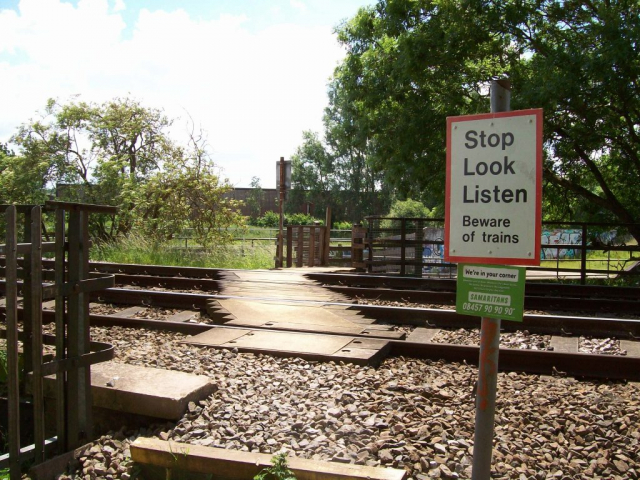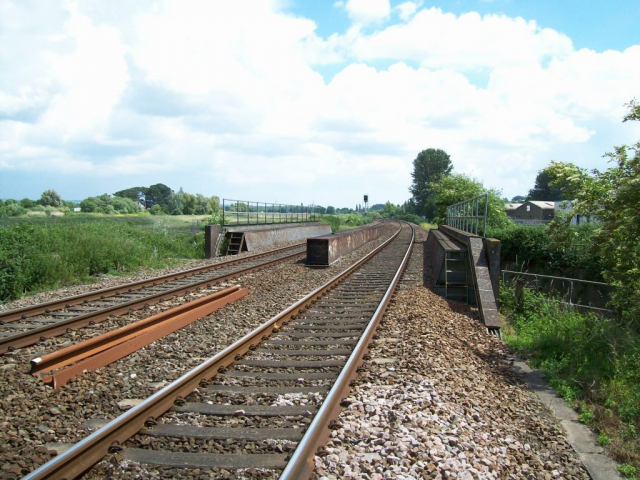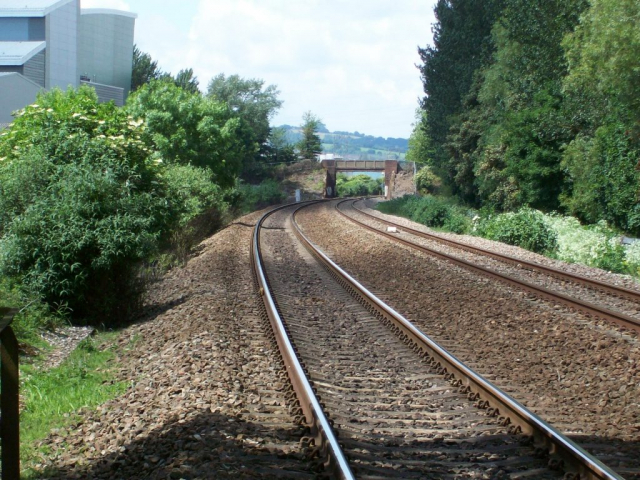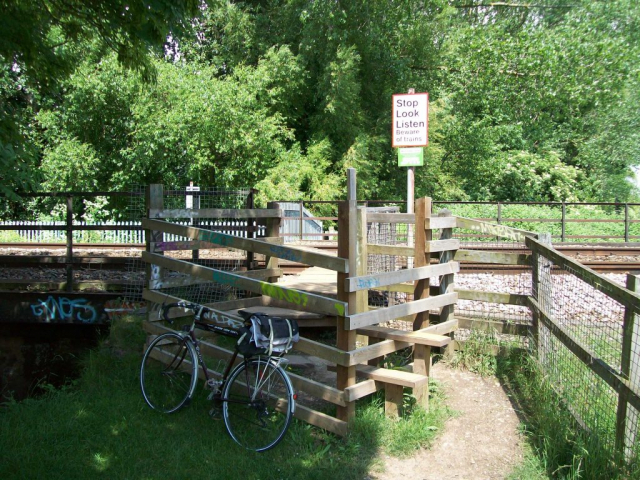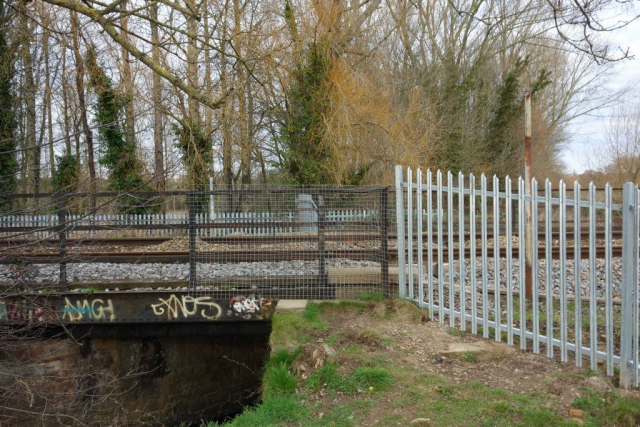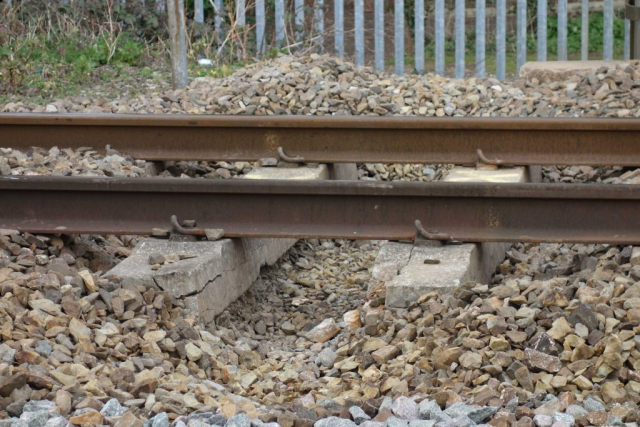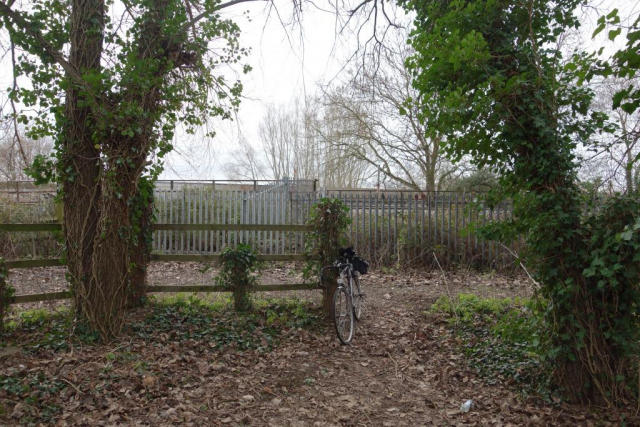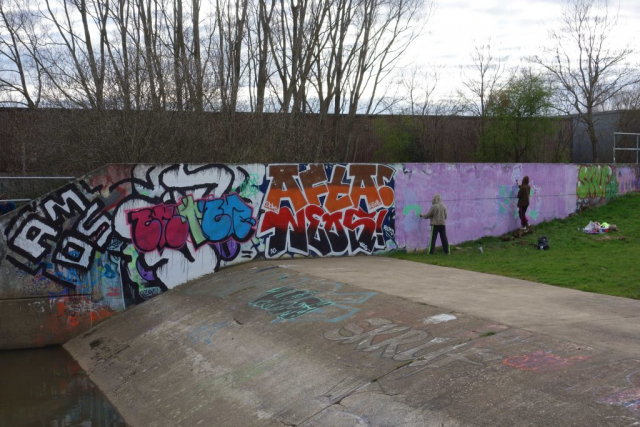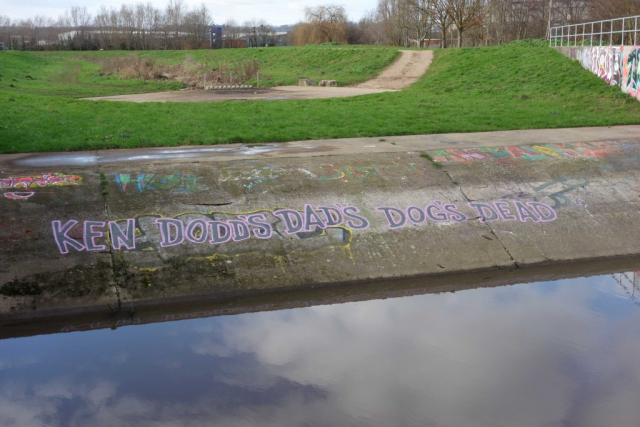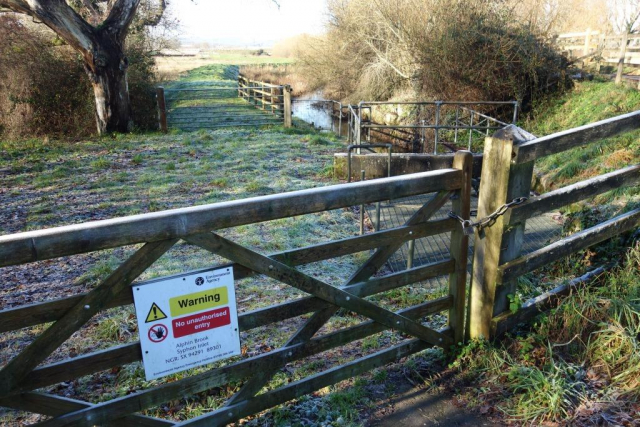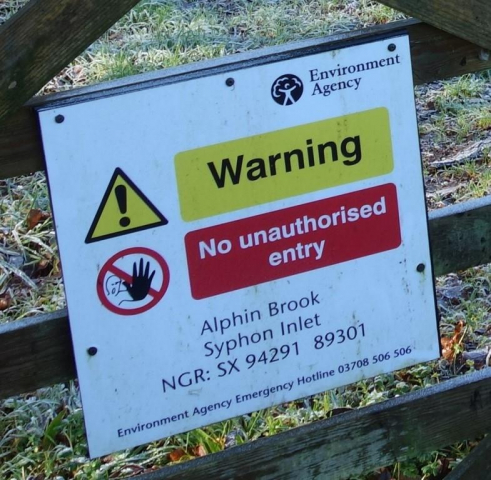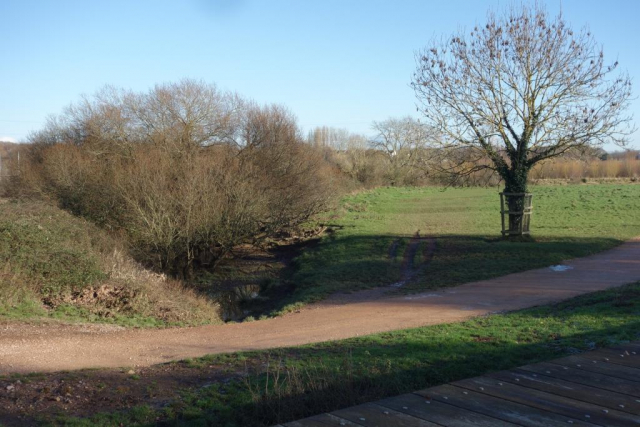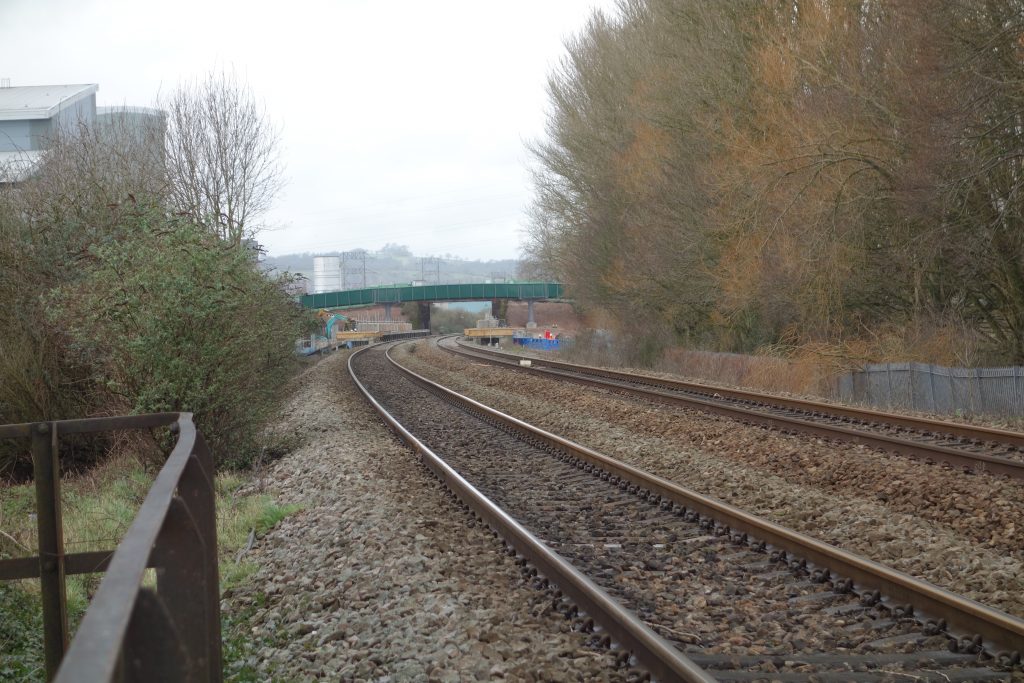The safety of Alphington Crossing had been questioned in 2005 by a local councillor. Devon County Council consulted Network Rail, which body advised that it did not consider the crossing to be unsafe.
Construction of the new Marsh Barton Station would both hinder the sighting of Down trains from the crossing and, by virtue of a new footbridge, provide a safer path alongside Clapperbrook Lane. Thus, in August, 2016, an inspector ruled that the crossing could be closed and he allowed a lengthy diversion of the footpath to be made.
The footpath was used only by recreational walkers and the route was far from essential. The scout has been riding the roads around Marsh Barton Trading Estate since he was a boy; the “whistling” during daylight of every Down train was heard across the estate and in the city; but it was only when the scout heard of the proposed closure that he found and used the crossing for the first time.
When the building of Marsh Barton Station started, the crossing was closed.
While he was there, the scout noticed two young ladies who must have been commissioned, or permitted, to beautify the concrete of the Alphin Brook’s channel.
In 1967, the Alphin Brook was given a wide flood channel through Alphington. Construction of the bridge carrying the main line across the channel involved the first use of thrust-bored rectangular concrete units for the abutments, which minimized railway disruption. Tony Hill recalls that this blockade was the last occasion when trains were planned to be diverted via Tavistock.
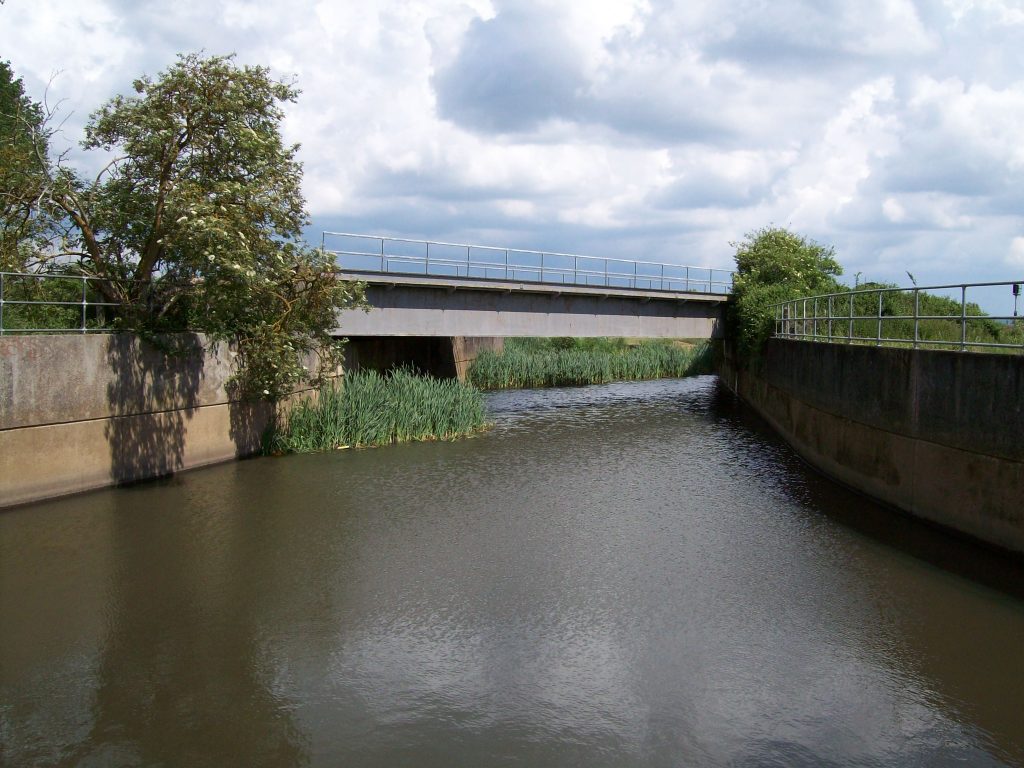
The Alphin Brook is unusual in that it has no confluence with the River Exe, instead having a siphon beneath the Ship Canal south of Countess Wear.
A most interesting article, “The Construction of Railway Bridges Then and Now,” by Alan Hayward mentions the construction of Alphin Brook Bridge.
The author’s firm, Cass Hayward, rebuilt River Exe Bridge at St. David’s in 1997. This was the last bridge to be rolled in on steel balls.
Now retired, Alan has been a great help to the Friends of Ashburton Station. His suggested method of tunnelling beneath the A38 and bridging the River Dart to enable the reconnection of the historic terminus has been accepted in principle by Highways and Environment agencies.

